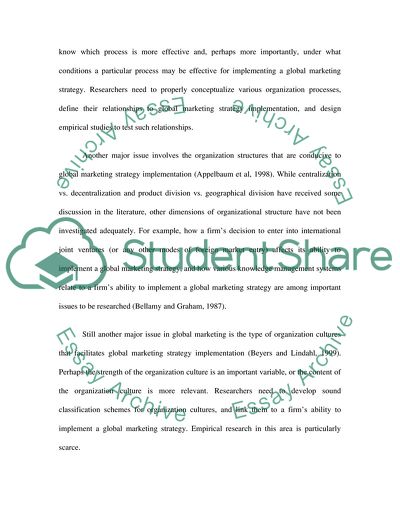Cite this document
(“International Marketing Strategies Essay Example | Topics and Well Written Essays - 2000 words”, n.d.)
Retrieved from https://studentshare.org/marketing/1540295-international-marketing-strategies
Retrieved from https://studentshare.org/marketing/1540295-international-marketing-strategies
(International Marketing Strategies Essay Example | Topics and Well Written Essays - 2000 Words)
https://studentshare.org/marketing/1540295-international-marketing-strategies.
https://studentshare.org/marketing/1540295-international-marketing-strategies.
“International Marketing Strategies Essay Example | Topics and Well Written Essays - 2000 Words”, n.d. https://studentshare.org/marketing/1540295-international-marketing-strategies.


